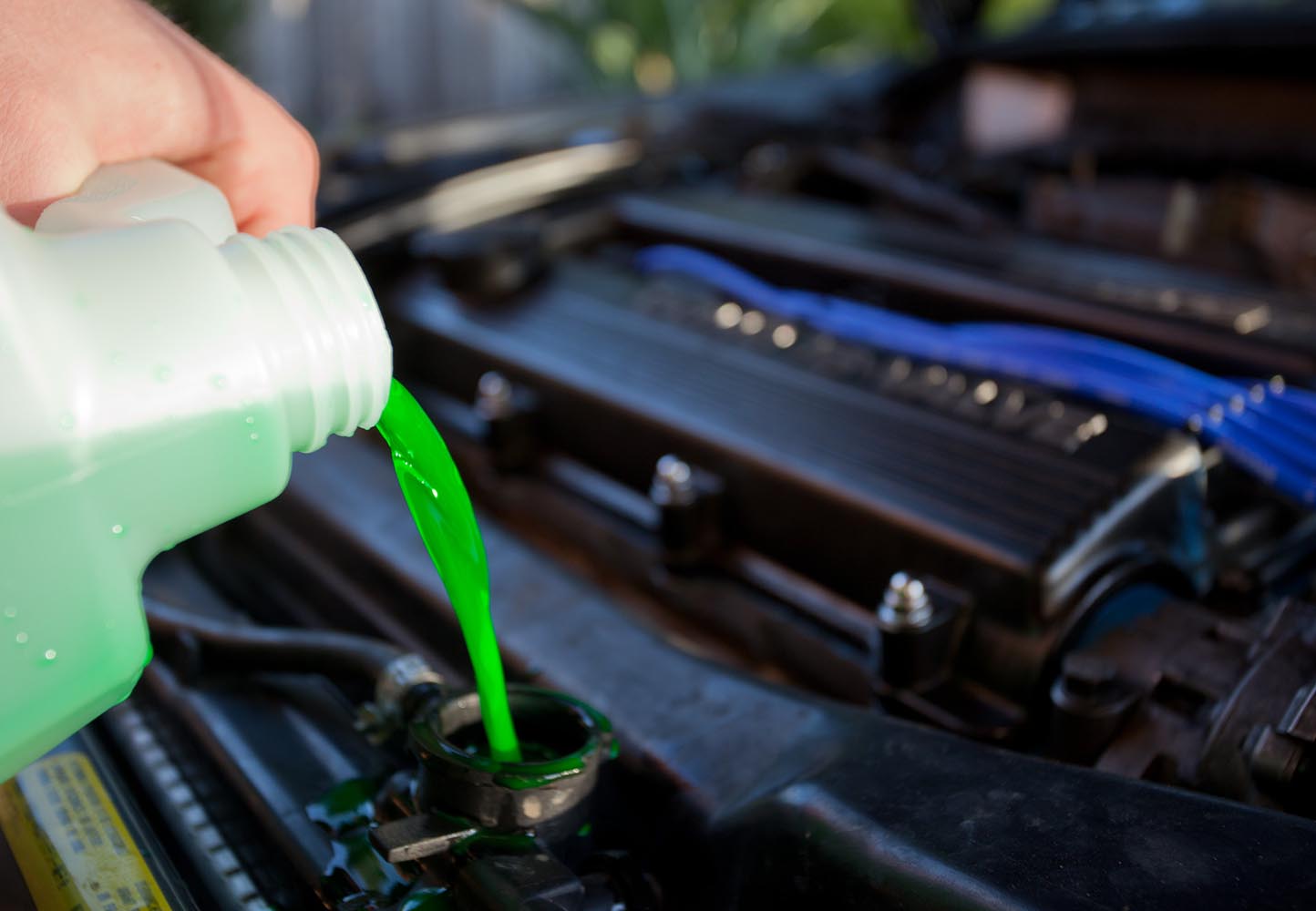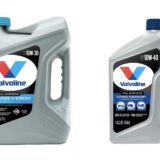
New ASTM standard enhances engine coolant analysis
ASTM International’s engine coolants and related fluids committee (D15) has introduced a new test method, ASTM D8567, to determine common organic additives in engine coolants. The standard employs high-performance liquid chromatography (HPLC) to analyse azoles and organic acids, which impact coolant performance.
Azoles are a class of organic compounds characterized by a five-membered ring structure containing at least one nitrogen atom. In engine coolants, azoles help protect metal surfaces, such as copper and brass, from corrosion by forming a protective layer, thereby enhancing the longevity and performance of the coolant.
Organic acids are a group of organic compounds that possess acidic properties. Organic acids play significant roles in various biological and chemical processes, including metabolic pathways in living organisms, food preservation, and as additives in products like engine coolants, where they help in preventing corrosion and maintaining the stability of the coolant.
Henry Owusu, chair of the extended life coolants subcommittee, highlights three key benefits of the new standard: reducing costs for organic additive technology (OAT) coolant analysis, improving additive characterisation precision, and providing definitive data to distinguish OEM factory fill and recommended OAT-based coolants from aftermarket alternatives.
This standard will benefit fleet operations, conditional monitoring analysts, and laboratories specialising in coolant analysis services, contributing to responsible consumption and production as per the United Nations Sustainable Development Goal #12 on responsible consumption and production.












